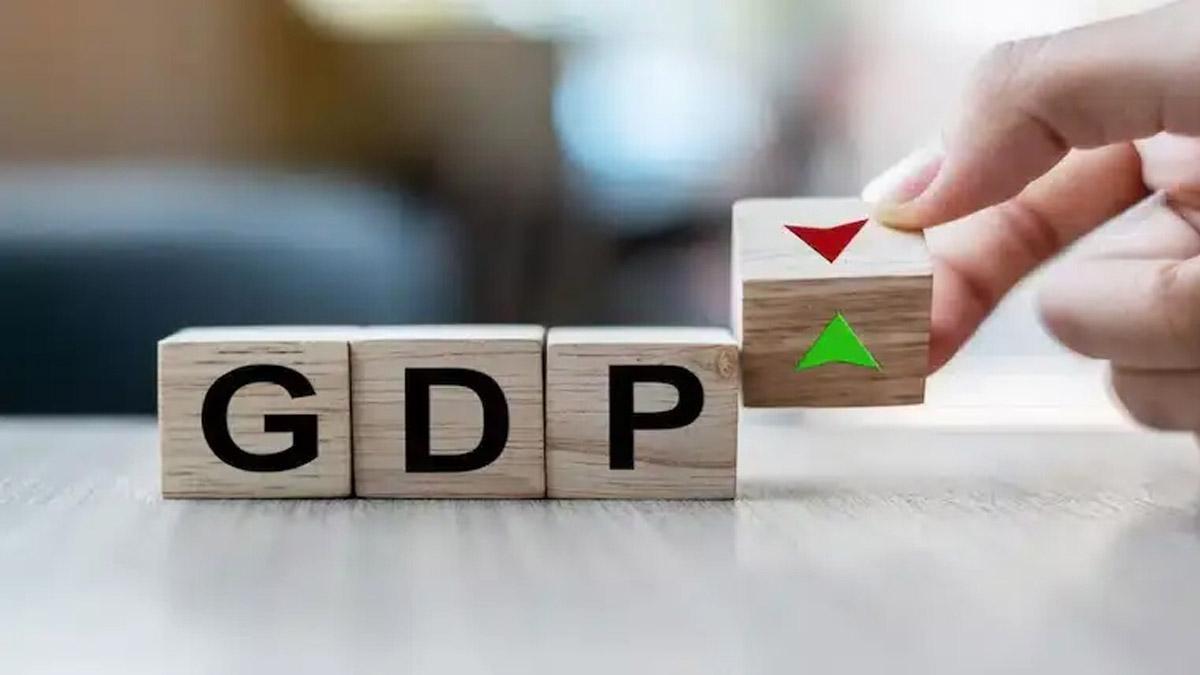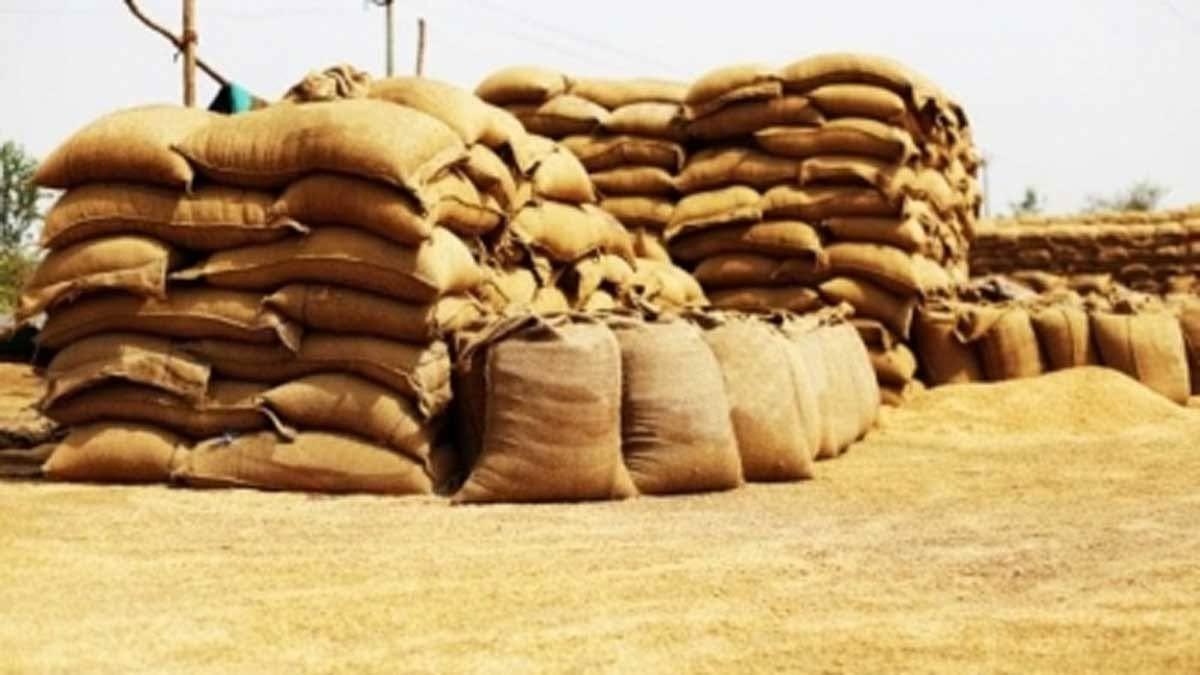India's economy is expected to grow at 6.5% in the 2025-26 financial year, mainly led by heavy government spending on major infrastructure projects and a boost in private sector investment, according to the recent EY Economy Watch report.
The report highlights the pivotal importance of government expenditures on infrastructure, underscoring their high multiplier effect on the economic growth process. Furthermore, India is likely to benefit from the expected dip in international energy prices, which in turn is poised to facilitate further economic growth.
The Reserve Bank of India (RBI) can cut its policy interest rate by 50-75 basis points during FY26, driven by a decline in Consumer Price Index (CPI) inflation. Significantly, CPI inflation fell below 4% in February 2025 for the first time since August 2024. This falling inflation trend has the potential to act as a driver for increased private investment, according to the report.
At the global level, the report cites the OECD's Interim Economic Outlook, which projects a marginal decline in global growth from 3.2% in 2024 to 3.1% in 2025. At the United States level, economic growth is predicted to slow down from 2.8% to 2.2% during the same timeframe. The likelihood of a temporary slowdown, perhaps even a mild recession, in the U.S. economy is still elevated because of the negative effect of recent government spending reductions and pay cuts. Yet as measures to cut costs, led by the falling energy prices, start to bite nationally and globally, economic recovery is expected gradually.
India is still facing uncertainties on account of slowdown in global economy and supply disruptions, which resulted in volatility in export performance. As long as tariff levels don't stabilize, the effect on trade is yet to be decided. According to the EY report, it would be best for India to continue its thrust on infrastructure-based growth to manage external shocks.
D.K. Srivastava, EY India's Chief Policy Advisor, pointed out that India's changing demographic profile, with a rising working-age population, had the potential to initiate a virtuous circle of higher employment, rising savings, and increased investment.
In order to make the most of this demographic dividend, the report suggests a phased increase in spending on healthcare, education, and infrastructure. Also, proper financial support to economically backward states through equalization transfers would be necessary for even economic growth.
Read also| India and US Set Deadline to Finalize First Phase of Bilateral Trade Deal by Fall 2025
Read also| Trump Open to Tariff Deals Following Implementation of Reciprocal Tariffs on April 2


















